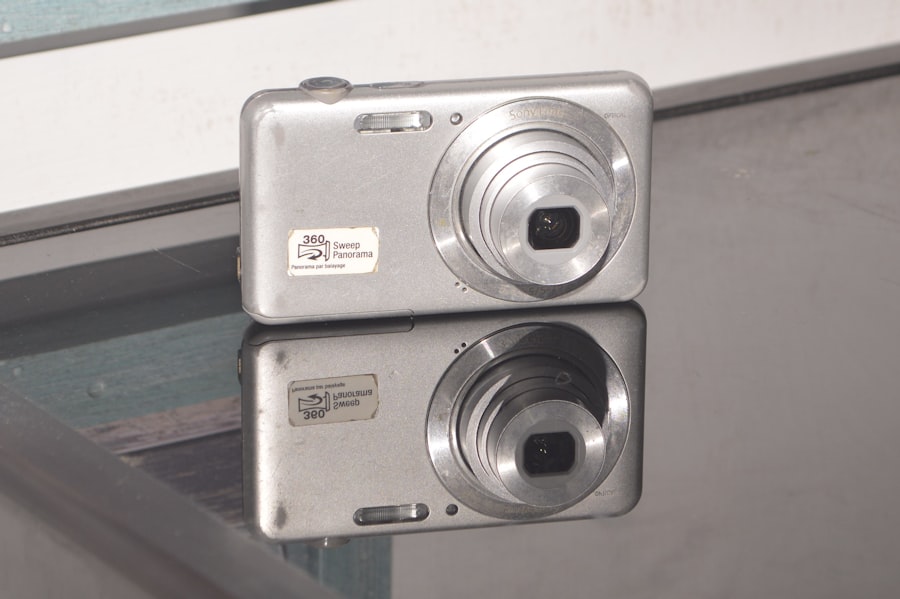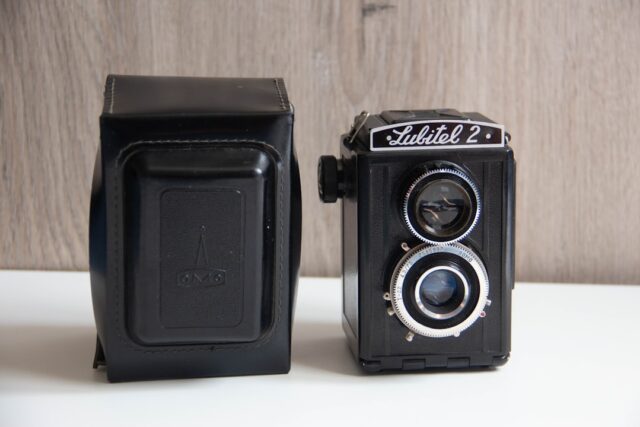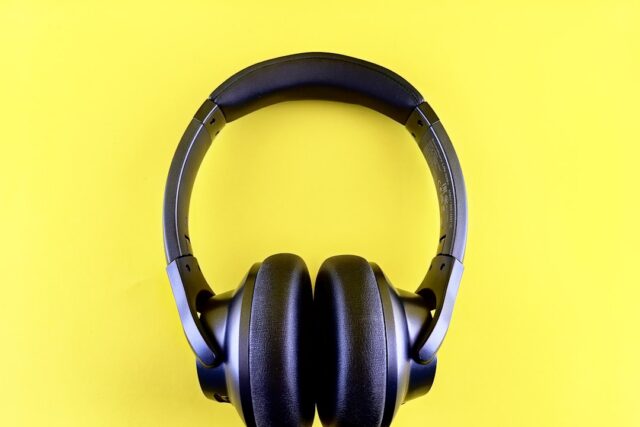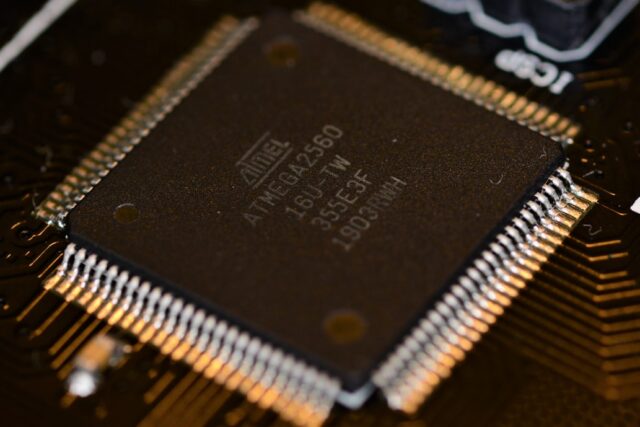In recent years, mobile photography has evolved from a mere convenience to a serious art form, with smartphones now capable of capturing stunning images that rival those taken with professional cameras. The rise of social media platforms and the increasing demand for high-quality visual content have propelled smartphone manufacturers to invest heavily in camera technology. For photography enthusiasts on a budget, there are numerous options available under ₹40,000 that offer impressive camera capabilities without breaking the bank.
This price range has become a sweet spot for consumers seeking a balance between performance and affordability, making it an ideal segment for budding photographers and casual users alike. The advancements in mobile photography technology have led to the integration of multiple lenses, advanced image processing algorithms, and features such as night mode and portrait mode. These innovations allow users to experiment with different styles and techniques, enhancing their creative expression.
As a result, the market is flooded with smartphones that boast exceptional camera specifications, making it essential for potential buyers to understand what features to prioritize when selecting a device. This article will delve into the key aspects of mobile photography under ₹40,000, highlighting the top contenders in this category and providing insights into their camera capabilities.
Key features to look for in a phone for mobile photography
Camera Hardware: The Foundation of Quality Photography
One of the most critical aspects is the camera hardware itself. Look for phones equipped with multiple lenses, including wide-angle, telephoto, and macro capabilities. A versatile camera setup allows for greater creative freedom and the ability to capture a variety of scenes, from sweeping landscapes to intricate close-ups.
Software: The Key to Enhancing Image Quality
Another essential feature is the software that accompanies the camera hardware. Advanced image processing algorithms can enhance photos by improving color accuracy, dynamic range, and noise reduction. Features such as optical image stabilization (OIS) are also crucial, as they help reduce blurriness caused by shaky hands or movement during shooting.
Manual Controls and Editing Tools: Unleashing Creativity
Furthermore, consider the availability of manual controls and editing tools within the camera app. These options empower users to fine-tune their shots and unleash their creativity, making it easier to achieve professional-looking results.
Top 5 phones for mobile photography under ₹40,000

1. **Xiaomi 11i Hypercharge**: Known for its fast charging capabilities, the Xiaomi 11i Hypercharge also boasts an impressive camera system. It features a 108 MP primary sensor that captures stunning detail and vibrant colors.
The additional ultra-wide and macro lenses further enhance its versatility. 2. **Realme GT Master Edition**: This phone combines style with functionality, featuring a 64 MP main camera that excels in various lighting conditions.
The Realme GT Master Edition also includes an ultra-wide lens and a macro lens, making it suitable for diverse photography needs. 3. **Samsung Galaxy M52 5G**: Samsung’s reputation for quality cameras is well-reflected in the Galaxy M52 5G.
With a 64 MP primary sensor and advanced software features like Single Take mode, this phone allows users to capture multiple photos with just one click. 4. **OnePlus Nord 2**: The OnePlus Nord 2 is equipped with a 50 MP main camera that utilizes Sony’s IMX766 sensor, known for its excellent low-light performance.
The phone also includes an ultra-wide lens and a monochrome sensor for added creative options. 5. **Vivo V21e**: Targeting selfie enthusiasts, the Vivo V21e features a 44 MP front camera with optical image stabilization.
Its rear camera setup includes a 64 MP main sensor and an ultra-wide lens, making it a well-rounded choice for mobile photography.
Camera specifications and capabilities of each phone
| Phone Model | Camera Resolution | Aperture | Optical Zoom | Image Stabilization |
|---|---|---|---|---|
| iPhone 12 | 12 MP | f/1.6 | 2x | Yes |
| Samsung Galaxy S21 | 12 MP | f/1.8 | 3x | Yes |
| Google Pixel 5 | 12.2 MP | f/1.7 | 1.7x | Yes |
The Xiaomi 11i Hypercharge stands out with its 108 MP primary sensor that captures images with remarkable clarity and detail. The ultra-wide lens offers a 120-degree field of view, perfect for landscape shots or group photos. Additionally, its macro lens allows users to get up close and personal with subjects, capturing intricate details that might otherwise go unnoticed.
The phone’s software enhances its capabilities further by offering various shooting modes such as night mode and portrait mode. The Realme GT Master Edition features a robust camera system anchored by its 64 MP main sensor. This sensor performs admirably in various lighting conditions, producing vibrant colors and sharp details.
The ultra-wide lens expands creative possibilities by allowing users to capture more of their surroundings in a single frame. The macro lens is particularly useful for those interested in nature photography or product shots, enabling close-up captures with impressive detail. Samsung’s Galaxy M52 5G is equipped with a 64 MP primary sensor that excels in dynamic range and color reproduction.
Its advanced software features include Single Take mode, which captures multiple photos and videos simultaneously with different effects applied, allowing users to choose their favorite shot later. The phone’s ultra-wide lens adds versatility to its camera system, while its macro capabilities enable detailed close-up photography. The OnePlus Nord 2’s camera system is highlighted by its 50 MP main sensor, which utilizes advanced technology to deliver excellent low-light performance and dynamic range.
The ultra-wide lens complements the main sensor by providing additional framing options for landscape or group shots. The monochrome sensor adds depth to images by capturing additional light information, enhancing contrast and detail in black-and-white photography. Vivo’s V21e focuses on delivering exceptional selfie capabilities with its 44 MP front camera featuring optical image stabilization.
This feature ensures that selfies remain sharp and clear even in challenging conditions. The rear camera setup includes a 64 MP main sensor paired with an ultra-wide lens, allowing users to capture stunning landscapes or group photos with ease.
Comparison of image quality and performance
When comparing image quality across these five smartphones, several factors come into play, including sensor size, lens quality, and software optimization. The Xiaomi 11i Hypercharge’s 108 MP sensor delivers outstanding detail in well-lit conditions, producing images that can be cropped without significant loss of quality. However, in low-light situations, it may struggle slightly compared to competitors due to noise levels.
The Realme GT Master Edition offers impressive performance across various lighting conditions thanks to its well-optimized software. Its images are characterized by vibrant colors and good dynamic range, making it suitable for both casual snaps and more serious photography endeavors. The ultra-wide lens performs admirably but may exhibit some distortion at the edges.
Samsung’s Galaxy M52 5G consistently produces high-quality images with excellent color accuracy and dynamic range. Its Single Take mode is particularly noteworthy as it allows users to experiment with different styles without needing multiple shots. In low-light scenarios, the Galaxy M52 holds its own against competitors, producing images with minimal noise.
The OnePlus Nord 2 shines in low-light conditions due to its advanced sensor technology. Images captured at night are often clearer than those taken with other devices in this price range. The ultra-wide lens provides good coverage but may not perform as well as the primary sensor in terms of detail retention.
Vivo’s V21e excels in selfie photography but also delivers solid performance from its rear cameras. The optical image stabilization on the front camera ensures that selfies are sharp even when taken on the move. However, while its rear camera setup is competent, it may not match the overall performance of some competitors in challenging lighting conditions.
Additional features and accessories for mobile photography

Beyond camera specifications, several additional features can enhance the mobile photography experience. For instance, many smartphones now come equipped with advanced editing tools within their native camera apps or through third-party applications available on app stores. These tools allow users to adjust exposure, contrast, saturation, and other parameters directly on their devices without needing external software.
Moreover, accessories can significantly improve mobile photography outcomes. Tripods designed specifically for smartphones can help stabilize shots during long exposures or low-light conditions. Lens attachments are also popular among mobile photographers; these can include wide-angle or macro lenses that enhance the versatility of the built-in camera system.
Additionally, external lighting solutions such as ring lights or portable LED panels can provide better illumination for portraits or product photography. Cloud storage solutions are another consideration for mobile photographers who want to keep their images organized and accessible across devices. Services like Google Photos or Dropbox allow users to back up their images automatically while providing easy sharing options with friends or on social media platforms.
User reviews and feedback on the top phones
User reviews play a crucial role in understanding how well these smartphones perform in real-world scenarios beyond technical specifications alone. The Xiaomi 11i Hypercharge has garnered praise for its impressive camera capabilities but has received mixed feedback regarding its battery life when using intensive camera features extensively. The Realme GT Master Edition has been well-received for its overall performance and value for money; users appreciate its ability to capture vibrant images without requiring extensive post-processing efforts.
However, some users have noted that while the ultra-wide lens is useful, it could benefit from improved edge sharpness. Samsung’s Galaxy M52 5G has received positive feedback for its user-friendly interface and consistent image quality across various shooting conditions. Users often highlight the effectiveness of Single Take mode as a standout feature that simplifies capturing moments without needing extensive knowledge of photography techniques.
The OnePlus Nord 2 has been praised for its low-light performance; many users report being impressed by how well it handles nighttime shots compared to other devices in this price range. However, some have mentioned that the software could be more intuitive when accessing manual controls. Vivo’s V21e has found favor among selfie enthusiasts who appreciate the clarity provided by its front-facing camera; however, some users have expressed a desire for more advanced features in the rear camera setup to match those found on competing devices.
Conclusion and final recommendations for the best phone for mobile photography under ₹40,000
In summary, selecting the right smartphone for mobile photography under ₹40,000 involves careful consideration of various factors such as camera specifications, software capabilities, user feedback, and additional features that enhance the overall experience. Each of the top contenders—Xiaomi 11i Hypercharge, Realme GT Master Edition, Samsung Galaxy M52 5G, OnePlus Nord 2, and Vivo V21e—offers unique strengths tailored to different types of photographers. For those prioritizing high-resolution images and versatility in shooting options, the Xiaomi 11i Hypercharge stands out as an excellent choice due to its impressive primary sensor and additional lenses.
Meanwhile, if low-light performance is paramount, the OnePlus Nord 2 may be the best fit thanks to its advanced sensor technology. Ultimately, potential buyers should assess their specific needs—whether they prioritize selfies or landscape photography—and choose accordingly from this diverse selection of smartphones that excel in mobile photography while remaining budget-friendly.
FAQs
What are the best phones for mobile photography under ₹40,000?
Some of the best phones for mobile photography under ₹40,000 include the Google Pixel 4a, OnePlus 9R, Samsung Galaxy A52, and Xiaomi Mi 11X.
What features should I look for in a phone for mobile photography?
When looking for a phone for mobile photography, consider features such as a high-resolution camera, optical image stabilization, a large sensor size, and advanced camera software for better image processing.
What are the key specifications to consider in a phone for mobile photography?
Key specifications to consider in a phone for mobile photography include the megapixel count of the camera, aperture size, presence of multiple camera lenses (wide, ultra-wide, telephoto), and the capability for shooting in RAW format.
Are there any budget-friendly options for mobile photography under ₹40,000?
Yes, there are budget-friendly options for mobile photography under ₹40,000 such as the Xiaomi Mi 11X and the Samsung Galaxy A52, which offer good camera performance at a lower price point.
Can these phones be used for professional photography?
While these phones may not replace professional DSLR cameras, they can certainly produce high-quality images suitable for professional use, especially for social media, online content creation, and casual photography.



MOST COMMENTED
Apps
10 Hidden Android Apps: Boost Productivity Instantly
Apps
Privacy-Focused Messaging Apps: A 2025 Comparison
Apps
Top Minimalist Apps for a Distraction-Free Life
Apps
Top Offline Apps for 2025: No Internet Needed
Gadget
The Battle of Wearables: Smart Rings vs. Smartwatches
Gadget
The Future of Mental Health: Wearable Gadgets on the Rise
Laptops
Top Laptops for Coding and Content Creation Under ₹70,000